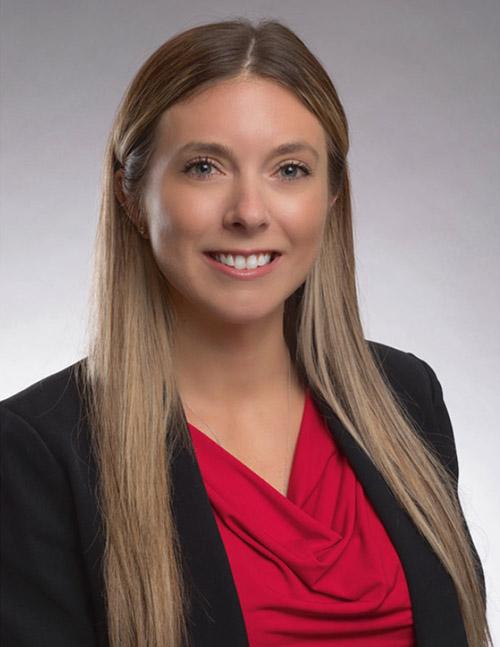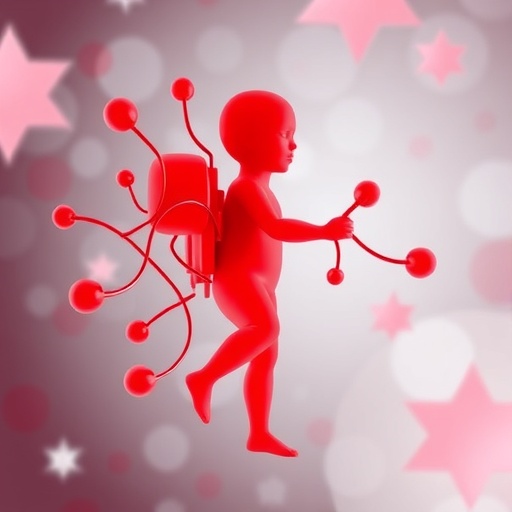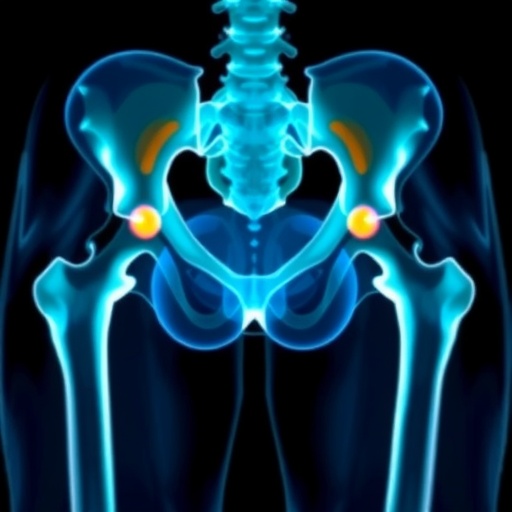New research by UC reveals kids exposed to tobacco smoke have higher rates of hospital admissions

Credit: Provided/Ashley Merianos
Children who are exposed to tobacco have higher rates of hospital admissions after visiting emergency departments or urgent care facilities, according to a new study by University of Cincinnati researchers.
The study, set to be published in October in Pediatric Research and currently available online, found that tobacco smoke exposure also increased the risk of pediatric patients having respiratory-related procedures performed while in the emergency department, as well as medications prescribed.
The groundbreaking study compared 380 children exposed to tobacco smoke with 1,140 children not exposed, matching the children in regards to age, sex, race and ethnicity, said Ashley Merianos, an associate professor in UC’s School of Human Services, who led the study.
“We know that exposure to secondhand smoke is related to substantial morbidity in children. In addition to exposed children having more health care visits, I was really interested in taking a closer look at the actual resource utilization during their visits. For example, [I looked at whether] children who are exposed to tobacco smoke are more likely to have more infectious diagnostic, lab and radiologic tests during their emergency visit than children who are unexposed,” she explained.
Merianos, who’s long conducted similar research in the field of children and tobacco smoke exposure, expected that children exposed to tobacco would be at higher risk, but even she was surprised by the numbers, she said.
Children exposed to tobacco smoke were 24 times more likely to be admitted to the hospital than unexposed children, which Merianos says emphasizes that possible tobacco smoke exposure may contribute to related illness severity.
Children in the exposed group were also nearly eight times more likely to have suctioning performed with a BBG nasal aspirator and over seven times more likely to receive steroids during their visit.
Of children in both groups with asthma, kids exposed to tobacco smoke were 27 times more likely to receive steroids during their emergency department visit and over 15 times more likely to receive albuterol, a bronchodilator used to treat asthma attacks.
Children exposed to tobacco smoke were also at increased odds of having laboratory tests (5.72 times ordered), and radiologic tests (4.73 times), as well as various infectious diagnostic tests (2.68 times).
Children who were ages one or younger had the highest levels of exposure to tobacco smoke, likely due to their inability to leave environments in which tobacco is being smoked, explained Merianos.
Socioeconomic status was also a factor in a child’s likelihood of exposure, she said.
“Nearly three-quarters of children included in the present study were public insurance recipients, a proxy of low income,” said Merianos.
Despite the health implications of tobacco smoke exposure on children, Merianos says that most emergency departments don’t routinely screen for tobacco smoke exposure or provide tobacco cessation counseling services or resources to families.
Doing so would be to their benefit, as well as that of the children and families they serve, she points out.
“Standardized tobacco control initiatives may help overburdened health care facilities by decreasing resource utilization attributed to tobacco smoke exposure,” she concludes in her study. “Targeting children with potential tobacco smoke exposure-related chief complaints (e.g., cough) and illnesses (e.g., asthma) may also help to reduce related morbidity and potentially preventable future health care visits.”
While emergency departments and urgent care facilities may provide what Merianos calls that “teachable moment” to promote smoking cessation resources for parents and caregivers, Merianos says she understands the constraints health care providers are under.
“The main reason why the resources aren’t routinely being offered is due to the need to medically stabilize ill children and also due to the lack of standardized efforts and resources in place,” she said. “Emergency department providers might think that primary care is the more appropriate setting, but a lot of patients in the emergency care setting don’t regularly interact with their primary care provider.”
Merianos’ next steps are to take the data from this study and analyze it with plans to create standardized interventions and programs to offer to health care providers that will be both clinically effective and feasible, as well as engaging and meaningful for parents and patients, she said.
“Even just being able to eliminate one child’s tobacco smoke exposure levels is a job well done on my part,” said Merianos. “It’s about bringing health promotion and disease prevention efforts to these vulnerable populations and making a positive change to the child’s health, as well as the family’s health.”
###
Media Contact
Rachel Richardson
[email protected]
Original Source
https:/
Related Journal Article
http://dx.




